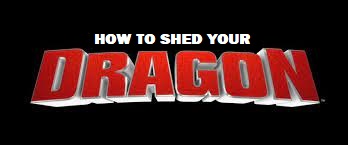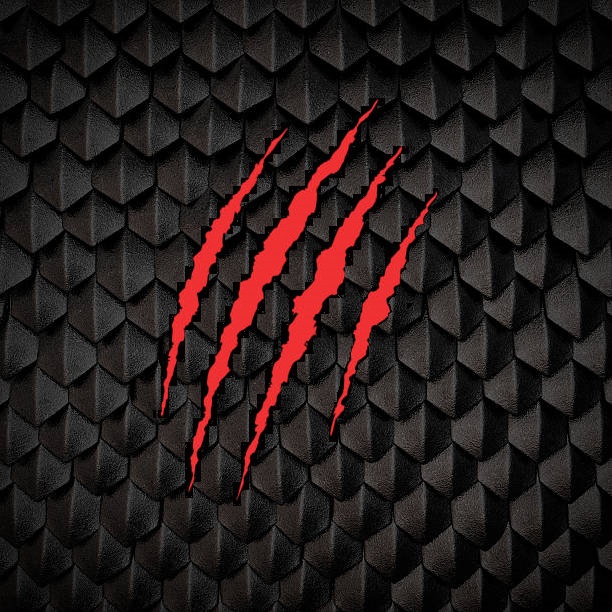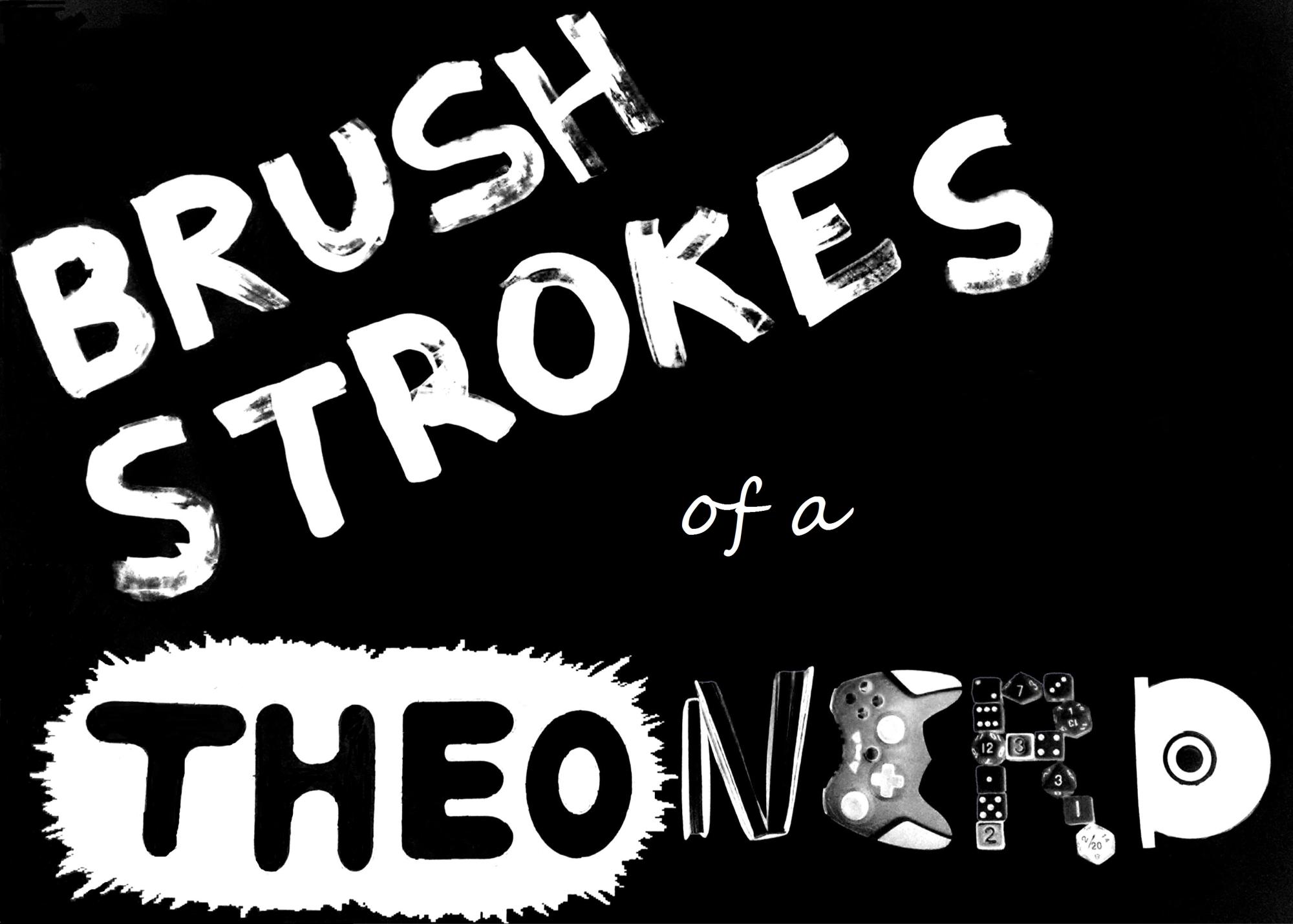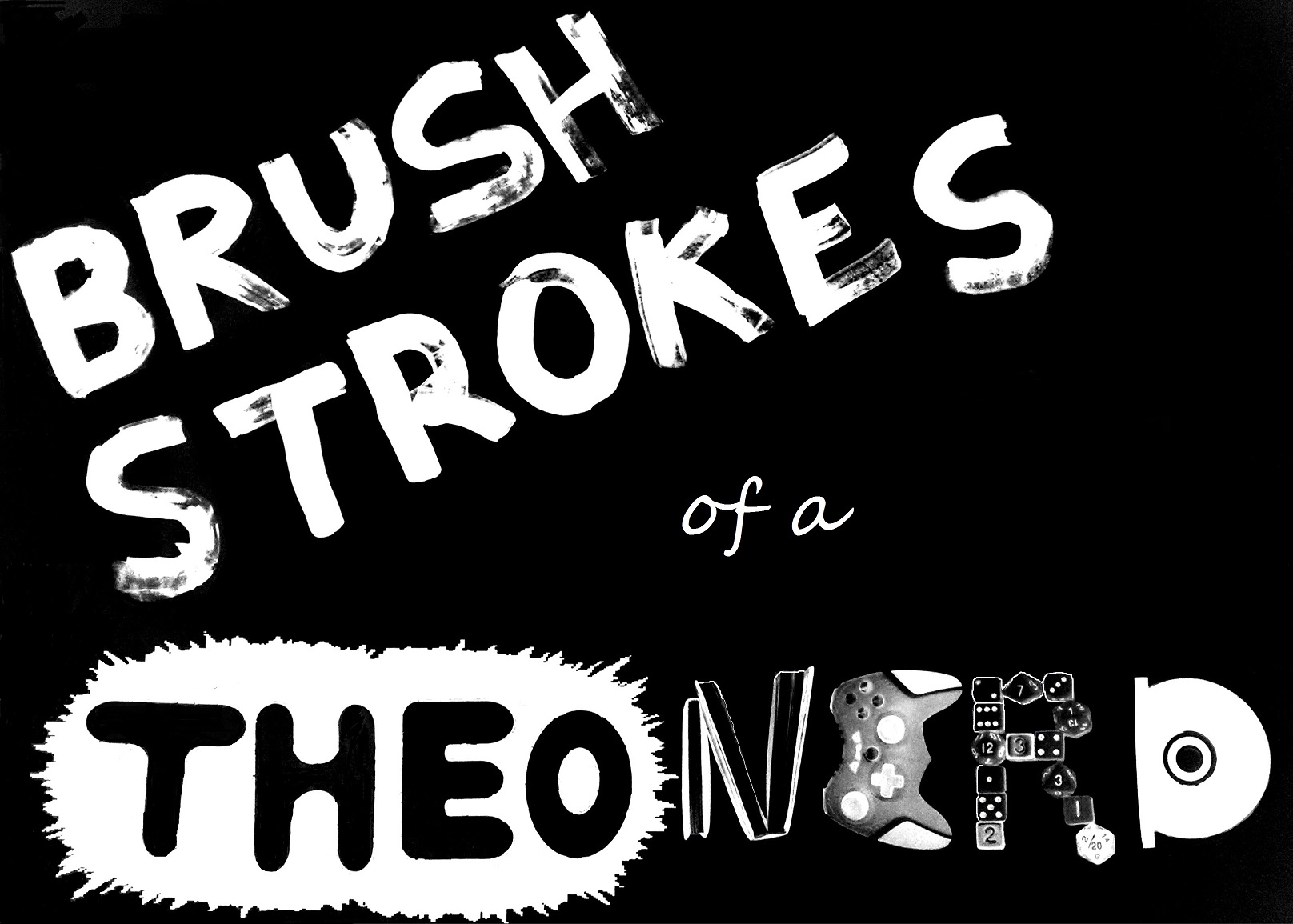How to Shed Your Dragon
By Anthony Casperson
2-5-22
Usually, I like to get as close to the primary source as I can. However, since I don’t own The Voyage of The Dawn Treader by C.S. Lewis (or even a copy of the film based off of the book—though I’m sure no Disney movie would include such gruesome details), I guess the illustration I heard from a sermon earlier this week will have to be enough. (Though, I’m going to take the story into a slightly different direction.)
In the book, there’s a character named Eustace Scrubb (and what a lovely name that is) who begins to act more and more like a dragon until it so happens that he discovers he’s become one. At first, it seems fun. And amazing. And every little boys dream.
That is, until he realizes there are certain things that he can no longer do because he’s now a dragon. Like continue sailing on the journey because a dragon is too heavy for the boat.
Lamenting the loss of his humanity, Eustace hears the lion Aslan—the book’s version of Jesus—tell him that if Eustace wants to no longer be a dragon, then he’ll have to take off his old clothes. The dragon contemplates how he can do such a thing, since his current form doesn’t wear any clothes. And then decides that dragon scales are probably the closest thing he can remove.
He tears at handfuls of scales, ripping them off. And off. And off. But, it doesn’t help. He can’t remove them faster than they come back.
It’s then that Aslan asks if Eustace truly no longer wishes to be a dragon. As Eustace answers, Aslan pounces. He digs sharp claws deeply into the draconic form. Ripping. Tearing. Peeling the very dragon flesh from the boy. And after the boy Eustace steps out, Alsan sends him to wash anew.
These scenes likely draws inspiration from Ephesians 4:20-24. Here, Paul tells the Ephesian followers of Jesus to take off the old self and put on the new self. The old attitudes, behaviors, and desires are to be removed and then replaced by true righteousness and holiness. Godly attitudes, actions that look like Jesus, and desires that align with God’s manner of life.
In essence, for us to put on the self that we should’ve been, had sin not entered into the world and marred us from our true form. Which happens after we’ve removed that draconic deformation.
Sermons and teachings about this passage from Ephesians make it sound really easy to take off the old self and put on the new. As if we can will ourselves to just stop thinking, behaving, and acting like we used to before we followed Jesus. But as anybody who’s bowed before the cross any longer than five minutes ago can tell you, stopping those old habits ain’t easy.
Shedding that dragon is impossible by ourselves. It requires the power of the Holy Spirit. And most likely, a circle of trusted fellow followers of Jesus around us who can truly speak into our lives as we return the favor into theirs for their own shedding needs. We can tear off handfuls of dragon scales, beat ourselves until we feel shame every second of the day, but that old self will just keep growing back. It’s only when we seek help from God that the work can really begin. And then continue as we join in community. (Notice in Ephesians 4:25, just after Paul talks about shedding the old and putting on the new, that he speaks of living in community with others.)
But the removal of the old is also painful. It’s not just a shedding of a single layer of skin, but like flaying flesh off. That old self bonded to us down to a genetic level. For it to be removed, some pain will have to happen. And that doesn’t sound fun to anybody. But it’s needed if we are to become the people that God calls us to be.
So, let’s pray for God to help us rend off those draconic tendencies, seek out others to help us check for returning scales, and be ready for pain that will lead to true freedom as we take on the form of who we really are.




